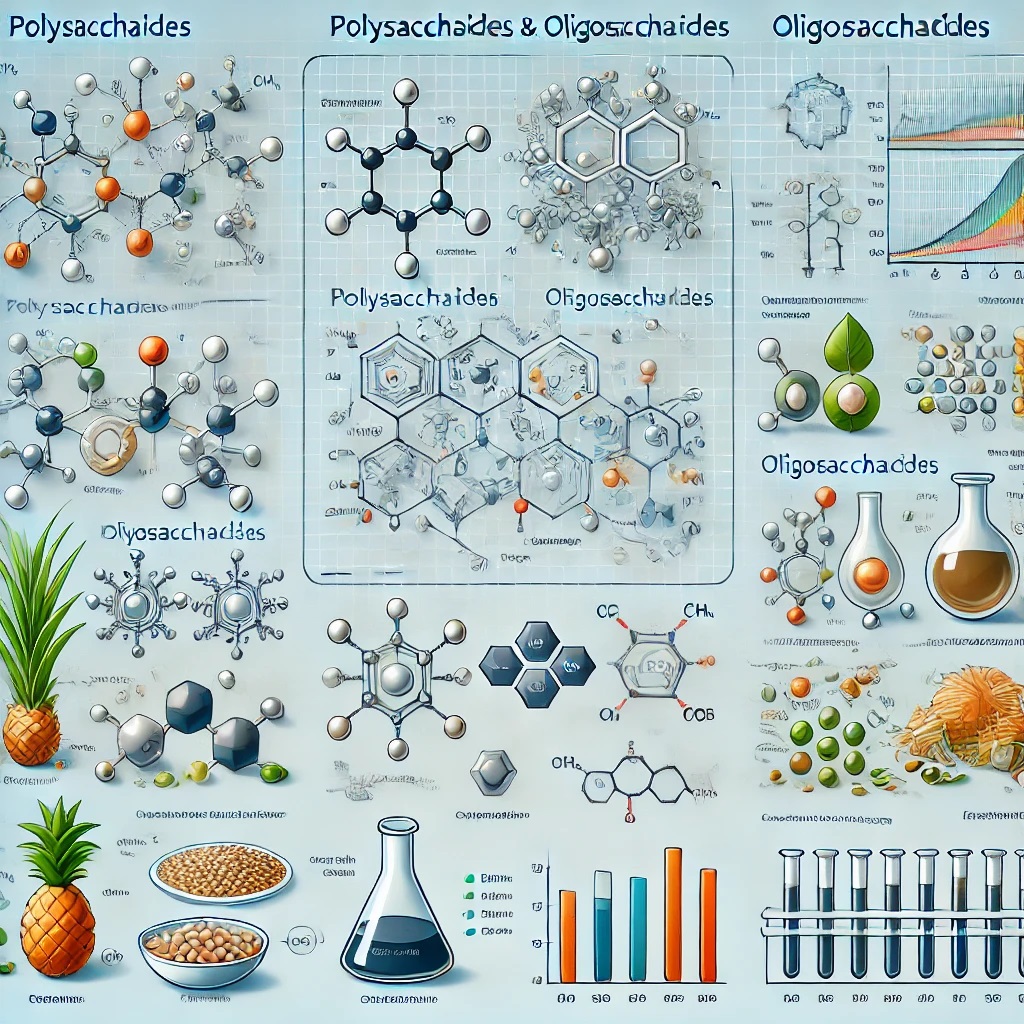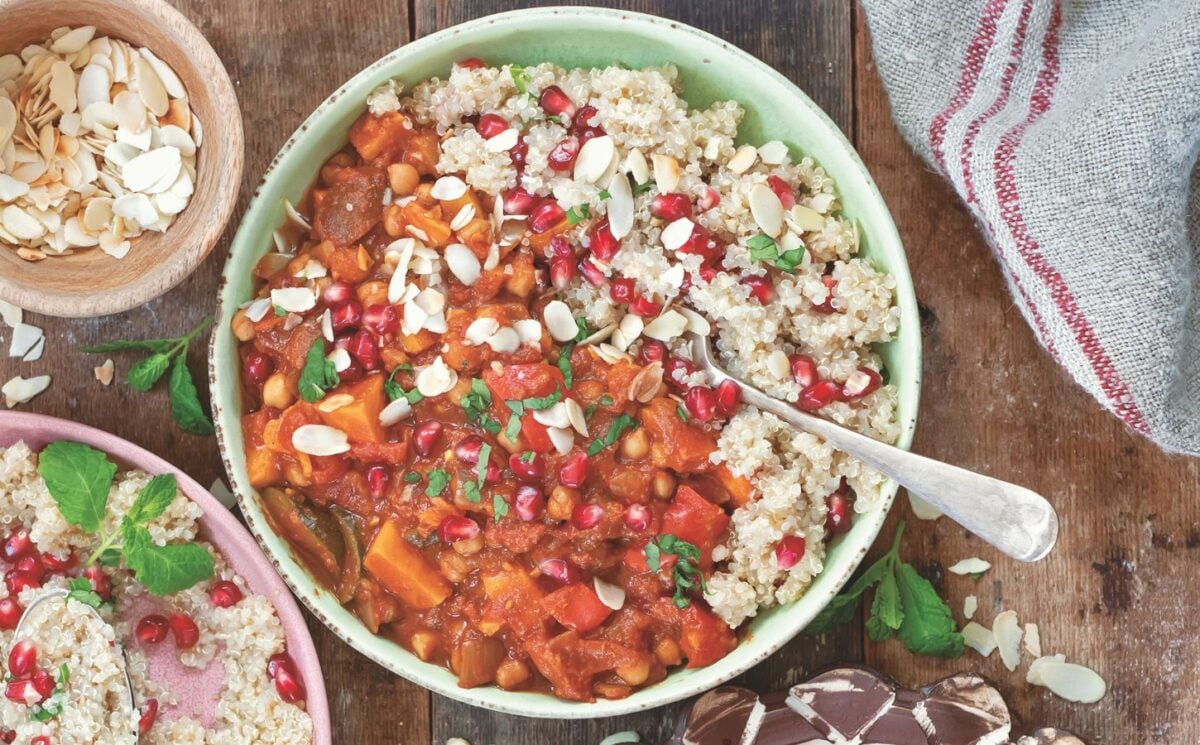Like many in Southern California, I grew up eating guacamole the way it is made almost everywhere in the United States, from Tex-Mex joints to West Coast margarita houses. The basic ingredients of avocado, tomato, onion and lime juice have defined the Mexican American style. Chile and garlic are also present in most cases but (in an often spice-sensitive culture) not always.
These are the core ingredients familiar to millions of people who eat guacamole from chains like Taco Bell and El Pollo Loco, or at American classics like the Original El Cholo on Western Avenue, which uses a recipe dating to 1955. With such a universal standard ingrained in our minds, it shouldn’t be surprising that this food can get people really riled up. At the same time, we’ve been altering and experimenting with guacamole almost since the beginning, and definitely in trail-blazing California .

U.S. home cooks have such an affectionate view of guacamole that they go ahead and indulge their most ridiculous whims with it.
The great peas-in-guacamole controversy of 2015 that drew in President Obama is part of a chain of rage-fueled social media incidents sparked when an unusual ingredient goes viral and is declared sacrilegious. I am not anti-innovation in general, but sometimes it feels like audacity and chaos are the primary goals. Today, Mexican or Alta California fine-dining chefs have made guacamole a canvas for experimentation.
And that’s good for L.A. There’s celery in chef Josef Centeno�.


















